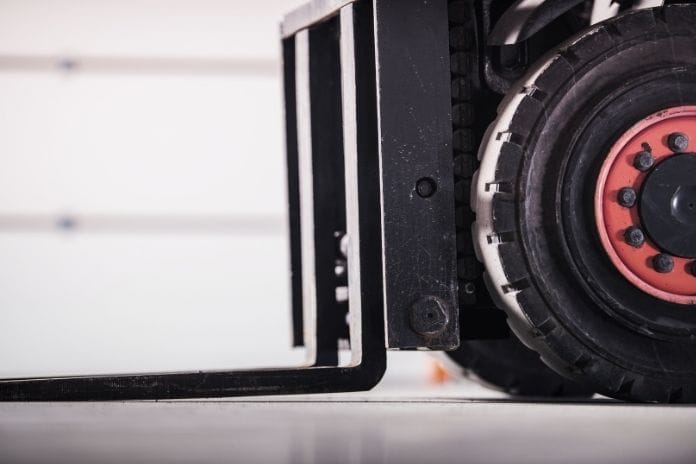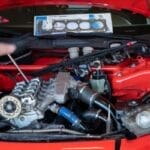When one thinks of our modern warehouses and construction sites, it’s a marvel we ever got along without the help of forklifts. Even so, the forklift can go from being a tremendous help to a dangerous nuisance if one is unaware of the potential dangers associated with one. Because knowledge is one of the best tools one has against disaster, we’ve compiled three of the most common causes of forklift-related injuries and how to avoid them.
Tip-Overs
One of the most common and most dangerous forklift accidents is the tip-over. As the name suggests, tip-overs occur when a forklift is thrown off balance and is tipped over. This kind of accident is responsible for many of the almost 10,000 forklift injuries that occur annually. Some common causes of forklift tip-overs are:
- Lifting a load that is too heavy
- A load not being placed correctly on the forks
- Driving incorrectly on uneven ground
- Driving too quickly
- Driving with the load raised too high.
The most significant method for avoiding this kind of accident is through training and proper forklift operations. This includes knowing how to determine a forklift’s true carrying capacity and driving with an awareness of the stability triangle.
Pedestrians
It isn’t only operators who cause forklift-related injuries, but also those around them. Pedestrians often contribute to forklift accidents either directly, such as in a collision, or indirectly by causing a forklift to need to swerve out of the way. Communication is one of the most crucial elements in preventing accidents of this variety. This includes nonverbal communication. It’s important to clearly mark places where forklifts are likely to be driving. Also, ensuring that operators wear reflective vests will make it more obvious to those nearby when a forklift is about to begin moving.
Hydraulic Failures
Forklifts employ hydraulic systems in their masts in order to lift loads. When this system fails, it can lead to a host of issues such as mast drift. Mast drift can lead to a load becoming unbalanced, which can cause tip-overs or a load falling, hurting anyone working nearby. Hydraulics systems should be regularly inspected along with other normal maintenance. However, proper training should be given on how to respond to hydraulic system issues to avoid injuries or hydraulic fluid injection.
Forklifts are a necessary part of many facilities and work sites. But without proper care and attention, they can become more of a liability than an asset to operations. But if one is aware of how things can go wrong, they can take proactive steps to avoid them.








































